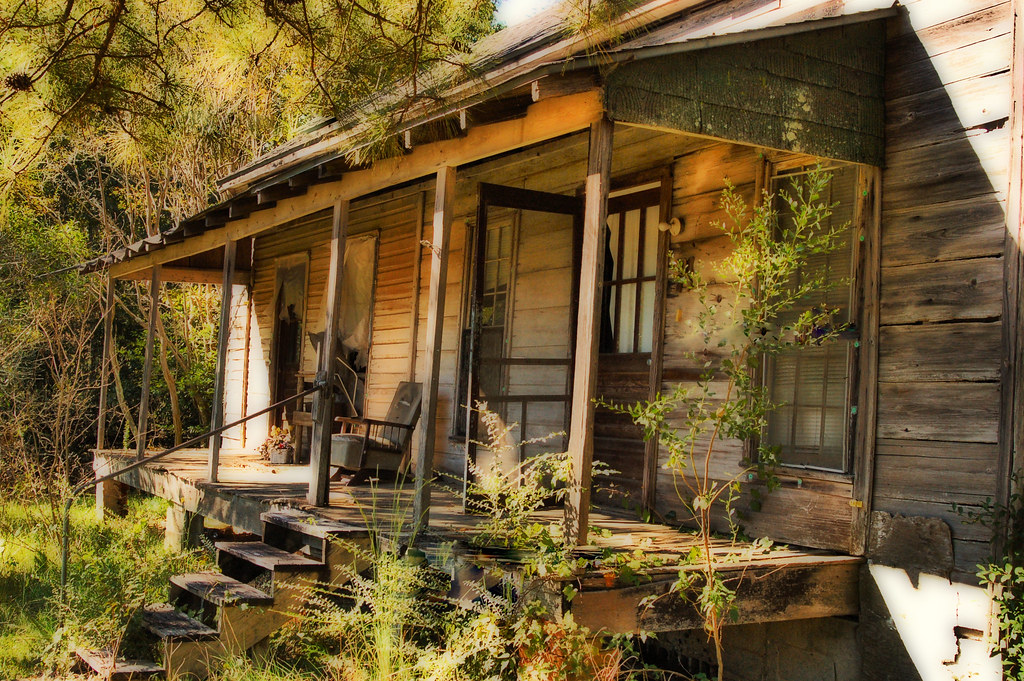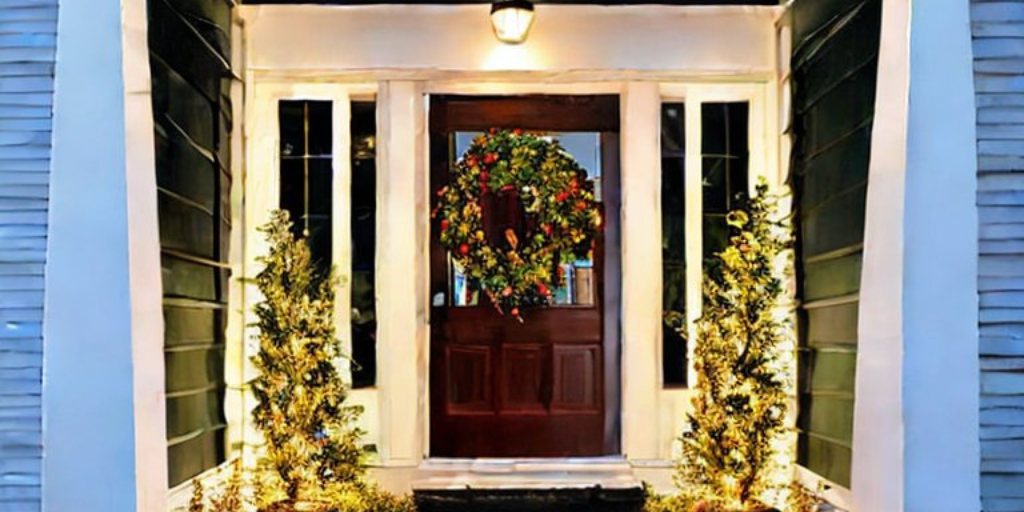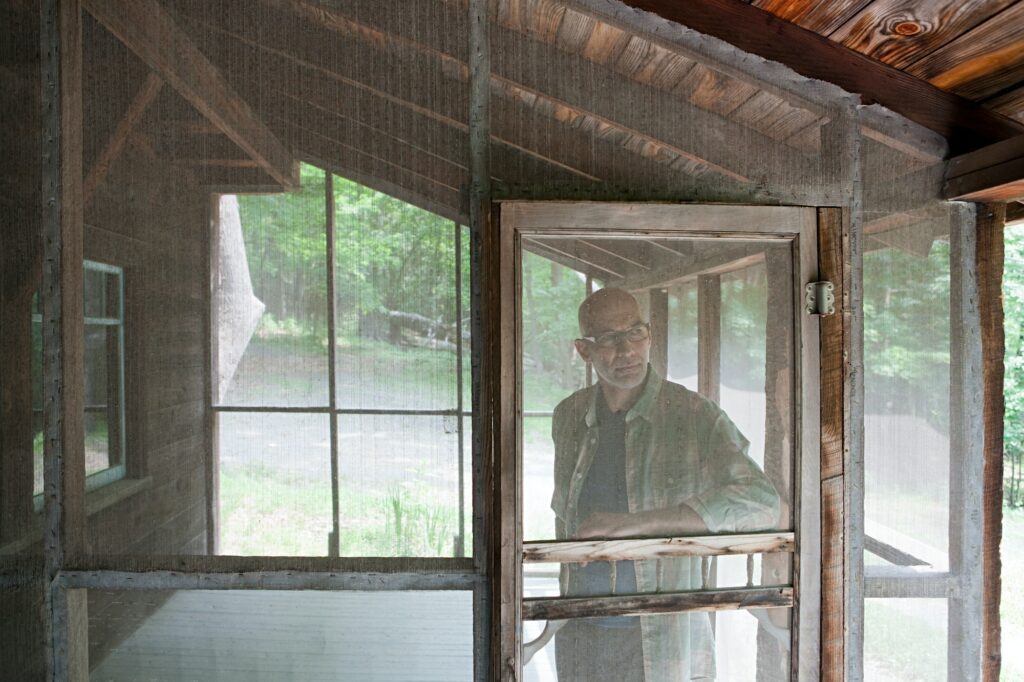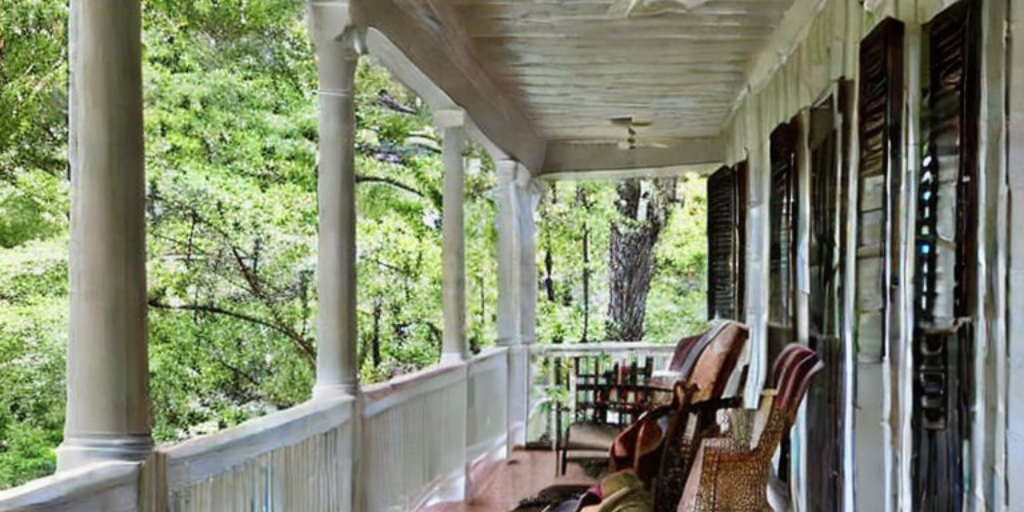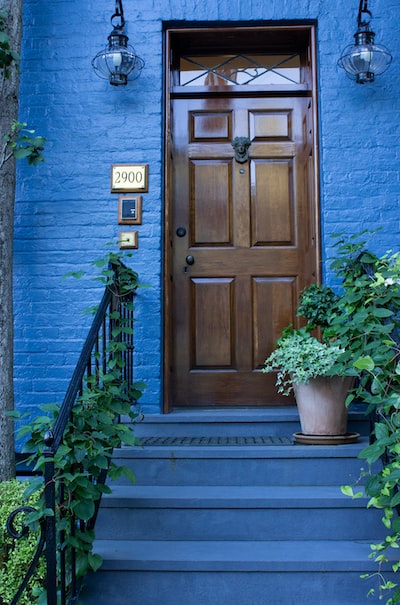By following proper porch safety guidelines, you can minimize the risk of accidents and create a welcoming environment. In this article, we will explore essential safety tips, precautions, and maintenance practices to help you maintain a safe and hazard-free porch.
Your porch is a wonderful place to relax, entertain guests, and enjoy the outdoors. However, it’s important to prioritize safety to ensure that your porch remains a secure and enjoyable space for everyone. So, let’s dive in and discover how you can make your porch a haven of safety and tranquility.
Secure and Sturdy Railings: Preventing Falls
Contents
- 1 Secure and Sturdy Railings: Preventing Falls
- 2 Proper Lighting: Enhancing Visibility and Deterrence
- 3 Regular Maintenance: Preventing Hazards
- 4 Are there any safety considerations for porch electrical installations?
- 5 What are the recommended safety measures for porch stairs?
- 6 How to Childproof a Porch for Maximum Safety
- 7 How to Protect My Porch from Weather-Related Damage
- 8 FAQs About Porch Safety Guidelines
- 9 Conclusion on Porch Safety Guidelines
One of the key safety features of a porch is its railing. A sturdy railing acts as a barrier to prevent falls and provides stability for those using the porch. Here are some guidelines for ensuring the security of your porch railings:
- Regularly inspect the railing for any signs of damage, such as loose screws, rotting wood, or rusting metal.
- Tighten any loose screws or bolts immediately to maintain stability.
- Replace any damaged or weakened sections of the railing promptly to prevent accidents.
- Check the height of the railing to ensure it meets the local building codes. Typically, a porch railing should be at least 36 inches high.
- Install a safety net or mesh if you have small children or pets to prevent them from slipping through the gaps in the railing.
Proper Lighting: Enhancing Visibility and Deterrence
A well-lit porch not only enhances its aesthetic appeal but also improves safety by providing adequate visibility during day and night. Proper lighting is essential for preventing accidents, deterring potential intruders, and creating a welcoming atmosphere. Consider the following porch safety tips for optimal lighting:
- Install bright LED or energy-efficient bulbs in your porch light fixtures to ensure clear visibility.
- Place lighting fixtures strategically to eliminate dark spots and shadowy areas on your porch.
- Use motion sensor lights near entryways and staircases to automatically illuminate the area when someone approaches.
- Regularly check and replace any burnt-out bulbs to maintain consistent lighting.
- Consider installing timers or smart lighting systems to automatically turn on the porch lights during evening hours or when you’re away from home, providing an added layer of security.
Regular Maintenance: Preventing Hazards
Proper maintenance is crucial for porch safety, as it helps identify and address potential hazards before they become accidents waiting to happen. Make sure to incorporate the following practices into your porch maintenance routine:
- Inspect the flooring of your porch for any loose boards, cracks, or signs of rotting. Replace or repair damaged sections promptly.
- Check for any signs of pest infestation, such as termites or carpenter ants, which can compromise the structural integrity of your porch.
- Clean the porch regularly to remove debris, leaves, or any slippery substances that can pose a tripping hazard.
- Trim back any overhanging branches or vegetation near the porch to prevent them from damaging the structure or causing obstructions.
- Ensure that downspouts and gutters are clear of debris to prevent water accumulation, which can lead to slippery surfaces or water damage.
Are there any safety considerations for porch electrical installations?
When it comes to porch safety, electrical installations require special attention. Whether you’re adding new lighting fixtures or outlets to your porch or simply maintaining the existing electrical setup, it’s important to prioritize safety. Let’s explore the key safety considerations to keep in mind for porch electrical installations.
Hire a Qualified Electrician: Expertise Matters
Electrical work can be complex and dangerous, so it’s essential to hire a qualified electrician to handle any porch electrical installations. A professional electrician will have the knowledge, skills, and experience to ensure that the wiring, fixtures, and connections are installed correctly and meet the necessary safety standards.
Weatherproof Electrical Outlets and Fixtures: Protection from the Elements
Porch electrical installations are exposed to the elements, making weatherproofing a crucial safety measure. Here are some important guidelines to follow:
- Use weatherproof electrical outlets and covers that are designed to keep moisture out.
- Install ground fault circuit interrupters (GFCIs) near electrical outlets to protect against electrical shocks caused by water exposure.
- Choose outdoor-rated light fixtures that are specifically designed for wet or damp locations.
- Ensure that all electrical connections and wiring are properly sealed to prevent water intrusion.
- Regularly inspect electrical outlets, fixtures, and wiring for signs of damage or wear, and address any issues promptly.
Remember, electricity and water don’t mix well, so taking these safety measures will help protect against electrical hazards and ensure the longevity of your porch electrical installations.
What are the recommended safety measures for porch stairs?
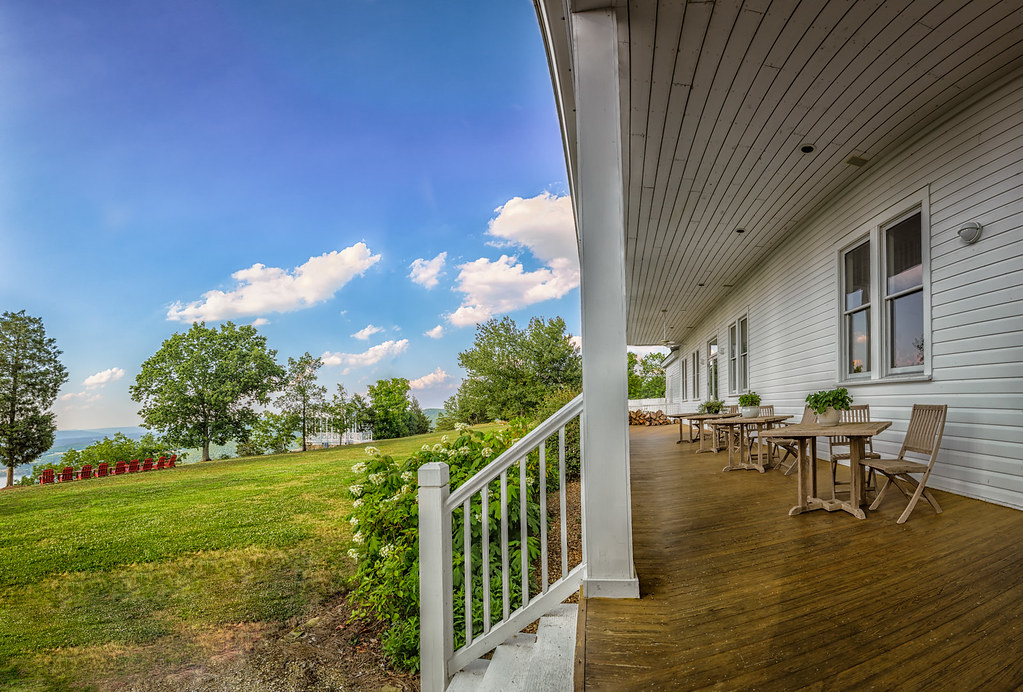

Porch stairs are a common feature that require careful attention to safety. To prevent accidents and ensure the well-being of anyone using your porch, it’s important to implement recommended safety measures for porch stairs. Let’s explore some key guidelines to consider:
Sturdy and Well-Maintained Handrails: Stability and Support
Handrails are essential for providing stability and support while ascending or descending porch stairs. Here are some important safety measures for handrails:
- Install handrails on both sides of the staircase if possible, ensuring they are securely attached to the porch structure.
- Use sturdy materials like metal or wood that can withstand the weight and provide a firm grip.
- Regularly inspect the handrails for any signs of damage, such as loose screws or deteriorating wood. Repair or replace any compromised sections promptly.
Clear Pathway and Adequate Lighting: Visibility and Avoiding Obstacles
A clear and well-lit pathway is crucial for safe navigation on porch stairs. Consider the following safety measures:
- Keep the stairway free of clutter, debris, or any obstructions that can cause tripping hazards.
- Install proper lighting along the stairs, ensuring that each step is well-illuminated.
- Consider motion sensor lights that automatically activate when someone approaches the stairs, providing added visibility and safety.
By implementing these safety measures, you can ensure that your porch stairs provide a secure and comfortable pathway for everyone using your porch. Regular maintenance and vigilance will help prevent accidents and maintain a safe environment.
How to Childproof a Porch for Maximum Safety
When it comes to porch safety, it’s crucial to take extra precautions to childproof the area. Children are naturally curious and may not be aware of potential dangers. To ensure maximum safety for little ones on your porch, here are some essential tips for childproofing:
Install Safety Gates: Creating Barriers
Safety gates are an effective way to create barriers and restrict access to the porch. Consider these guidelines:
- Install sturdy safety gates at the top and bottom of the stairs leading to the porch to prevent falls.
- Choose gates with secure latches that are easy for adults to operate but difficult for children to open.
- Ensure that the gates are properly installed and cannot be pushed or pulled down by children.
Childproof Railings: Preventing Climbing and Trapping
Porch railings can pose a potential climbing hazard or a risk of entrapment for small children. Take the following measures to childproof the railings:
- Install childproof netting or mesh along the railing gaps to prevent children from squeezing through.
- Ensure that the spacing between railings is narrow enough to prevent a child’s head from getting stuck.
- Regularly inspect the railings for any loose screws, sharp edges, or other hazards and address them immediately.
By implementing these childproofing measures, you can create a safe and secure porch environment for your little ones to enjoy.
How to Protect My Porch from Weather-Related Damage
Weather can take a toll on your porch, causing damage that may compromise its safety and structural integrity. To protect your porch from weather-related damage, consider the following measures:
Regular Maintenance: The Key to Durability
Regular maintenance is essential to keep your porch in good condition and protect it from the elements. Here are some important steps to take:
- Inspect your porch regularly for any signs of damage, such as cracks, rotting wood, or loose boards.
- Repair or replace any damaged or deteriorated sections promptly to prevent further damage.
- Keep the porch clean by removing debris, leaves, and other materials that can trap moisture and lead to decay.
- Apply weather-resistant finishes, such as paint or sealant, to protect the porch from moisture, UV rays, and other weather elements.
Weatherproofing: Shielding from the Elements
Weatherproofing your porch is crucial for its longevity and protection. Consider the following measures:
- Ensure that windows and doors are properly sealed to prevent water intrusion and drafts.
- Install weatherstripping around windows and doors to enhance insulation and prevent air leaks.
- Use weather-resistant materials for flooring, such as composite decking or treated wood, that can withstand moisture, temperature changes, and exposure to the sun.
- Consider installing awnings or roof extensions to provide additional protection from rain and sun exposure.
By implementing these protective measures, you can safeguard your porch from weather-related damage and enjoy its beauty and functionality for years to come. Remember to regularly assess and maintain your porch to ensure it remains a safe and secure outdoor space.
FAQs About Porch Safety Guidelines
Q1: How often should I inspect my porch for safety?
It’s recommended to inspect your porch for safety at least once a year. However, it’s wise to perform visual checks regularly to catch any noticeable issues or hazards early on.
Q2: Are there specific safety guidelines for porch furniture?
While not directly related to porch structure, porch furniture should be chosen with safety in mind. Look for furniture that is sturdy, properly balanced, and suitable for outdoor use. Avoid furniture with sharp edges or loose parts that could potentially cause injury.
Q3: Can I install a porch swing or hammock on my porch?
Yes, you can install a porch swing or hammock on your porch. However, ensure that the structure supporting them is sturdy and designed to handle the weight. Follow the manufacturer’s instructions for installation and use, and regularly check for any signs of wear or damage.
Conclusion on Porch Safety Guidelines
By implementing these porch safety guidelines, you can create a secure and enjoyable outdoor space for yourself, your family, and your guests. Regular maintenance, proper lighting, and secure railings are key aspects to prioritize.
Remember to perform routine checks, address any issues promptly, and keep safety at the forefront of your mind. With a well-maintained and safe porch, you can relax, entertain, and make lasting memories with peace of mind.
